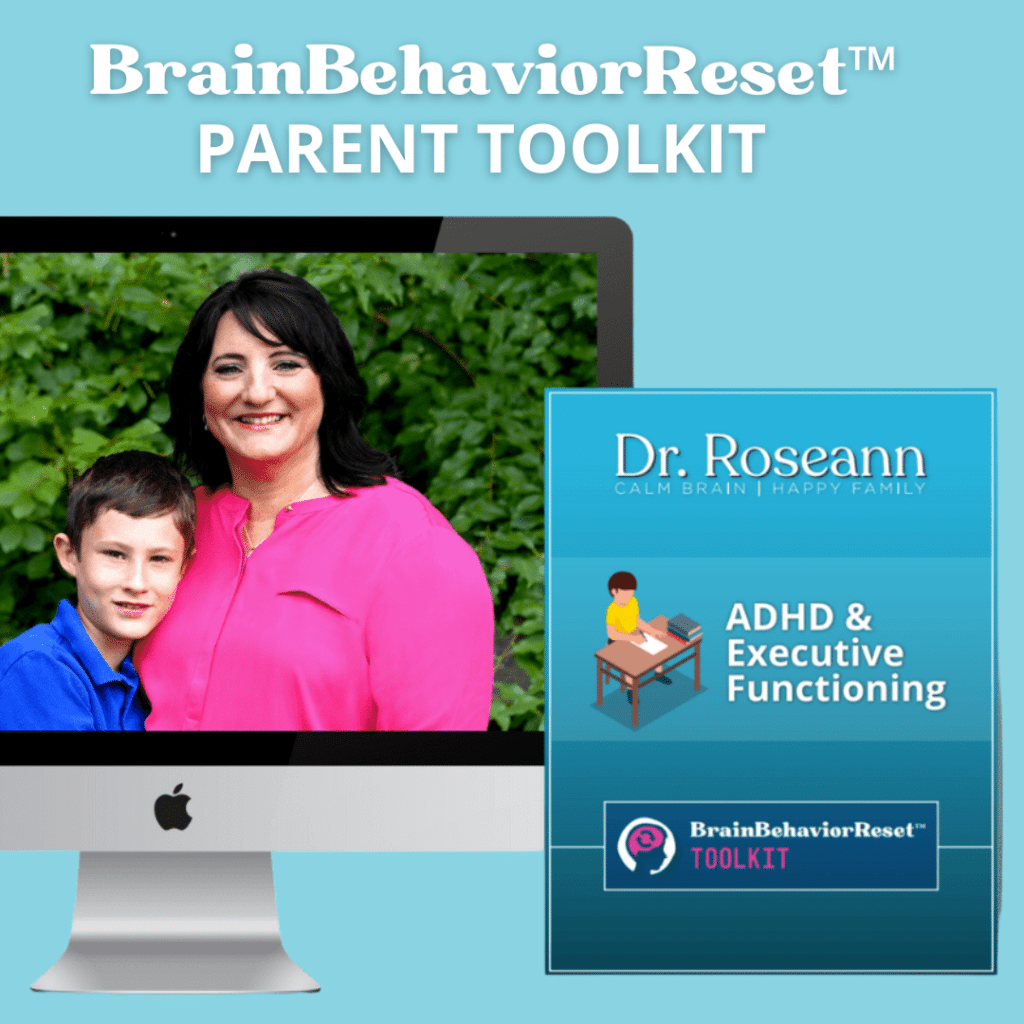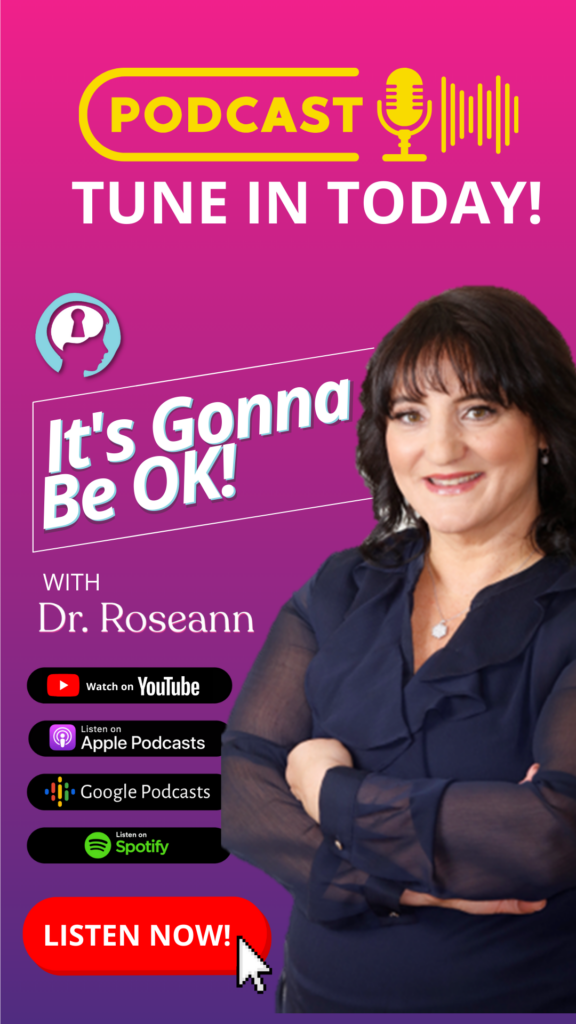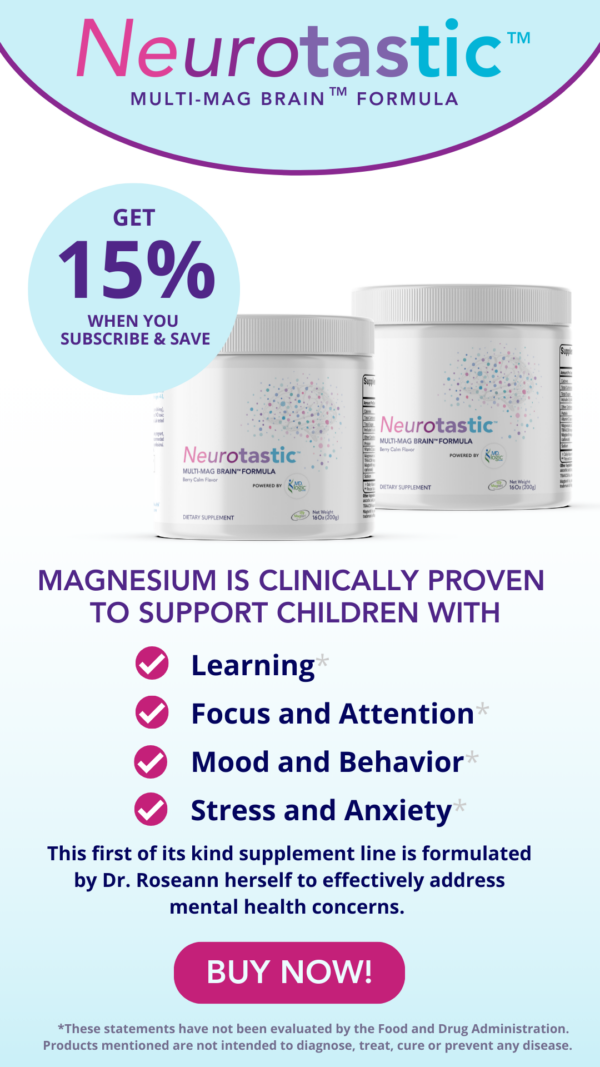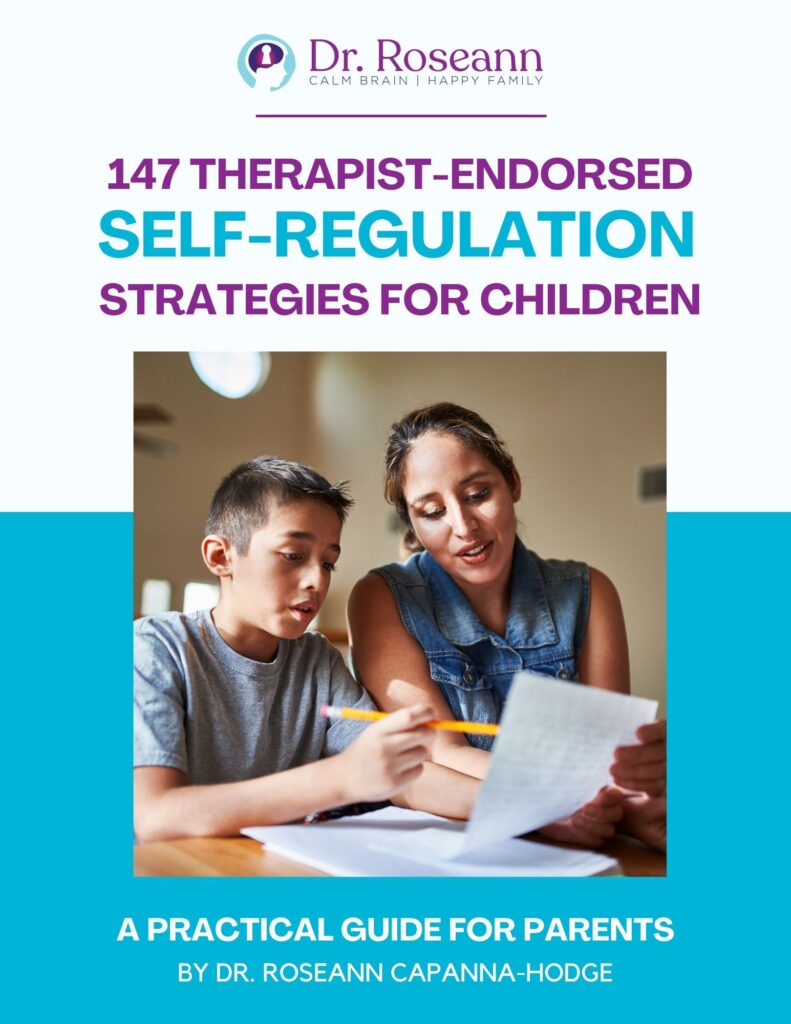Medicinal herbs for health have been used as a traditional treatment agent for ages in many parts of the world. The increase in many auto-immune and inflammatory disease conditions in the Western world has led to a resurgence in the use often centuries-old herbs to improve health and wellness. Many herbs can provide an alternative treatment and can be used to enhance the effect of conventional medical treatments. Natural herbs can be used fresh or can be dried, and can be used in a variety of preparations.
Tumeric
The benefits of Indian spices have been studied for years with the flavorful, yellow-orange spice Turmeric being one of the most important. The dried and ground rhizome of a plant in the ginger family, it contains curcuminoids, a compound with medicinal properties. Curcumin, the main active ingredient in turmeric, is the chemical compound that makes it a potent anti-inflammatory. A bioactive substance that fights inflammation at the molecular level, turmeric's curcumin can aid with inflammation has been shown to be a major contributor to anxiety and depression, as well as cognitive decline. In fact, the current belief amongst scientists is that chronic, low-level inflammation plays a major role in almost every chronic, Western disease.
Research has found that, when taken daily to support the brain and body, turmeric can help with liver function, depression, anxiety, cancer prevention, infections, cardiovascular function, oral health, and supporting gut health. Moreover, research has demonstrated that it can match the effectiveness of some anti-inflammatory drugs without any side effects. When used as a spice, it is best absorbed in the body with a small bit of fat and black pepper and helps increase absorption by up to 2,000%.
Chamomile
Chamomile, one of the most well-known healing herbs dating back to ancient Egypt, helps to calm the nervous system, reduce inflammation, and bring a sense of wellness. Many people use it to treat many conditions such as anxiety, fever, pain, inflammation, sleep issues, dental issues, eye problems, and skin problems. It is an herb that While there are many different preparations of chamomile, the most popular form is the herbal tea. Depending on the condition, it can also be used as a tincture, essential oil, or salve.
The healing properties and pharmacological effects Chamomile result from different natural compounds the dried plant flowers contain such as terpenoids and flavonoids. Research has demonstrated that Chamomile is commonly used for many ailments such as hay fever, inflammation, anxiety, menstrual disorders, muscle spasms, insomnia, ulcers, wounds, diabetes, gastrointestinal disorders, cancer, cardiovascular support, rheumatic pain, and hemorrhoids. Essential oils of chamomile are used extensively in many cosmetics and in aromatherapy.
Milk Thistle
Milk thistle, a plant whose fruit and seeds have been used for more than 2,000 years, supports the liver. One active ingredient in milk thistle is silymarin, which is extracted from the plant's seeds and fruits. Silymarin is a complex mixture of flavonolignans that have antioxidant properties. Research demonstrates that silymarin stabilizes cellular membranes, regulates permeability, stimulates detoxification pathways, stimulates regeneration of liver tissue, inhibits the growth of certain cancer cell lines, and adjunct to established therapies helps prevent or reduce chemotherapy as well as radiotherapy-induced toxicity.
Milk thistle is a strong liver detoxifier. Specifically, it supports phase 2 liver detoxification, which is needed to remove toxins from the body. Recent research indicates that poor detoxification can lead to mental health issues. When toxins build up in the brain or body, they can create or contribute to significant psychiatric symptoms. Milk thistle is one of the primary natural herbs supporting people in substance abuse recovery, suffering from chronic medical issues, experienced long-term psychiatric medications use or diagnosed with Autism, ADHD, depression, anxiety, OCD.
Basil
There are a number of types of basil, which differ in taste and smell. Two of the most common are Sweet Basil (Lamiaceae) and Holy Basil (Tulsi). Basil contains a wide range of essential oils, rich in phenolic compounds, and a wide array of other natural compounds (more than 25), including polyphenols such as flavonoids and anthocyanins. Basil has been used for centuries as a traditional and ayurvedic medicinal plant for the treatment of headaches, coughs, diarrhea, constipation, warts, worms, and kidney malfunctions.
Today basil is often is often used as an immune booster and an anti-inflammatory herb, as well as for its antibacterial and anti-aging properties. Animal and human studies support basil having multiple therapeutic actions including adaptogenic, antimicrobial, anti-inflammatory, cardioprotective, and immunomodulatory effects. Research demonstrates that Basil counters metabolic stress through normalization of blood glucose, blood pressure, and lipid levels. With mental health, Basil has positive effects on stress, memory, and cognitive function and through its anxiolytic and anti-depressant properties. Adding it to your food as little as a few times a week can make a difference.
Cinnamon
Cinnamon is not only for cooking but also in traditional and modern medicines. It comes from the bark of the cinnamon tree and has been used as a spice for thousands of years. It was first noted in use for medicinal and fragrant properties of China around 2800 BC and later used in Egyptian and Roman times.
Chemically, each part of the tree has different properties, such as cinnamaldehyde, cinnamic acid, and cinnamate, but the Cinnamon bark contains procyanidins and catechins, which procyanidins extracted from cinnamon and berries possess antioxidant activities.
Cinnamon is an antioxidant, anti-inflammatory, antidiabetic, antimicrobial, anticancer, lipid-lowering, and cardiovascular-disease-lowering compound. The chemical compounds in cinnamon have also been reported to have activities against neurological disorders. With diabetes, cinnamon helps to balance blood sugar, which an imbalance can contribute to fatigue, brain fog, and mood issues. We know that diabetes and depression frequently co-occur, so supporting blood glucose is important. It also helps with digestion, which can frequently be poor in those with anxiety, OCD, ADHD, and Autism.
Medicinal herbs and their uses traditionally fall under naturopathic treatments, more research provides additional support for the health benefits of herbs and spices as complementary and alternative medical treatments.
Always remember… “Calm Brain, Happy Family™”
Are you looking for SOLUTIONS for your struggling child or teen?
Dr. Roseann and her team are all about solutions, so you are in the right place!
There are 3 ways to work with Dr. Roseann:
You can get her books for parents and professionals, including: It’s Gonna Be OK™: Proven Ways to Improve Your Child’s Mental Health, Teletherapy Toolkit™ and Brain Under Attack: A Resource For Parents and Caregivers of Children With PANS, PANDAS, and Autoimmune Encephalopathy.
If you are a business or organization that needs proactive guidance to support employee mental health or an organization looking for a brand representative, check out Dr. Roseann’s media page and professional speaking page to see how we can work together.
Dr. Roseann is a Children’s Mental Health Expert and Therapist who has been featured in/on hundreds of media outlets including, CBS, NBC, FOX News, PIX11 NYC, The New York Times, The Washington Post,, Business Insider, USA Today, CNET, Marth Stewart, and PARENTS. FORBES called her, “A thought leader in children’s mental health.”
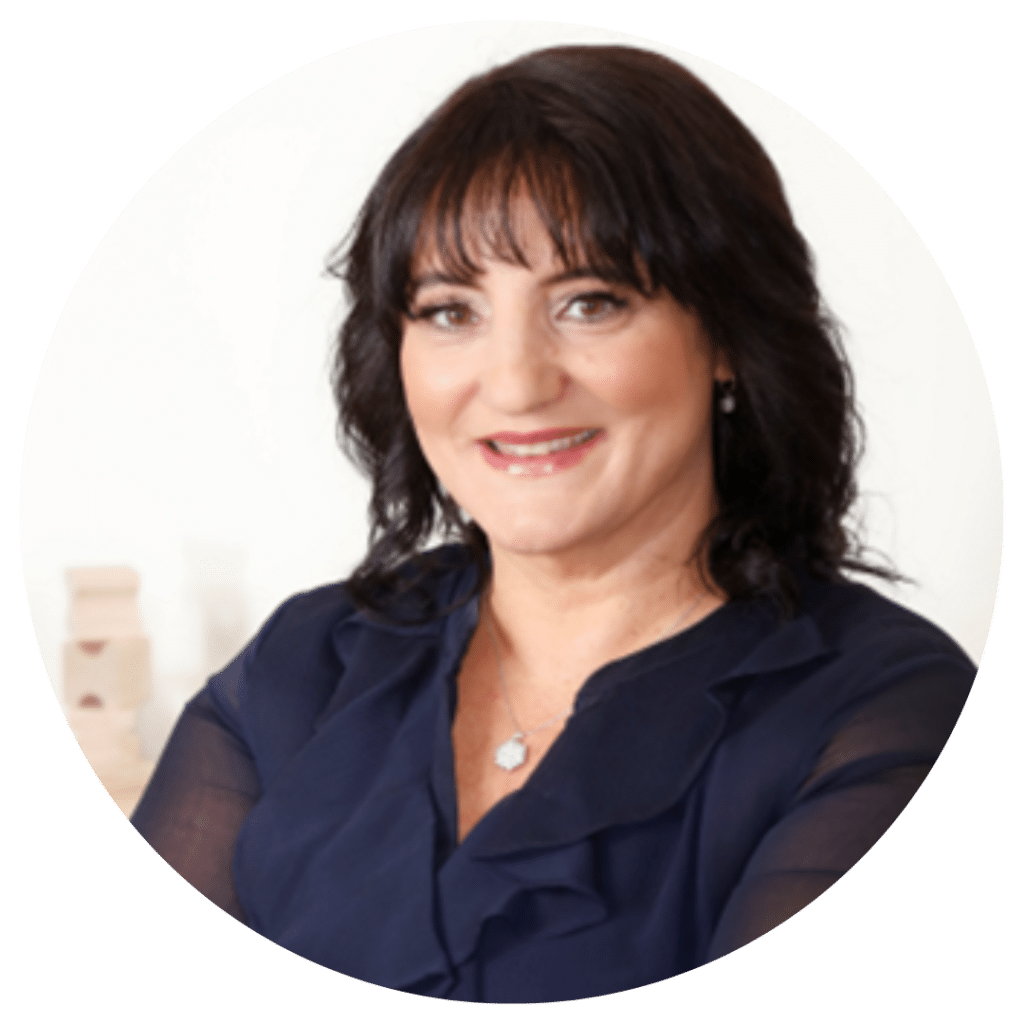
She is the founder and director of The Global Institute of Children’s Mental Health and Dr. Roseann Capanna-Hodge. Dr. Roseann is a Board Certified Neurofeedback (BCN) Practitioner, a Board Member of the Northeast Region Biofeedback Society (NRBS), Certified Integrative Medicine Mental Health Provider (CMHIMP) and an Amen Clinic Certified Brain Health Coach. She is also a member of The International Lyme Disease and Associated Disease Society (ILADS), The American Psychological Association (APA), Anxiety and Depression Association of America (ADAA) National Association of School Psychologists (NASP), International OCD Foundation (IOCDF) International Society for Neurofeedback and Research (ISNR) and The Association of Applied Psychophysiology and Biofeedback (AAPB).
© Roseann-Capanna-Hodge, LLC 2023
Disclaimer: This article is not intended to give health advice and it is recommended to consult with a physician before beginning any new wellness regime. *The effectiveness of diagnosis and treatment vary by patient and condition. Dr. Roseann Capanna-Hodge, LLC does not guarantee certain results.





